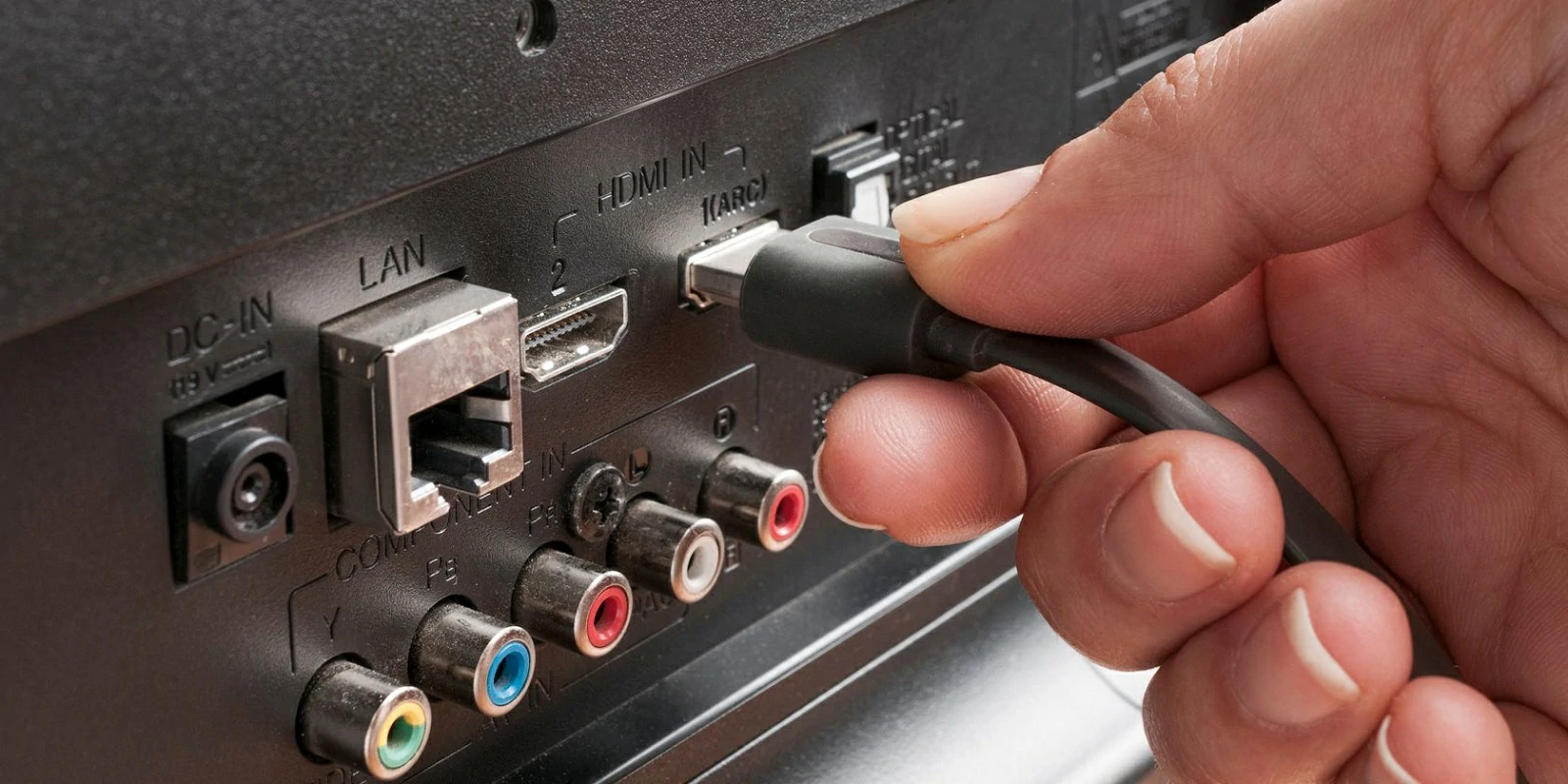- HDMI-CEC is short for HDMI Consumer Electronics Control, active since HDMI 1.2a
- It is a protocol that allows compatible devices to communicate with your TV
- What are the benefits it entails and what are the steps to follow to be able to enable it?
To be completely honest, most of us barely go through the settings of the Smart TV when we buy it. This can be a serious error in more than one case and therefore, as it is one of the configurations that usually go unnoticed on televisions, we review why you should enable HDMI-CEC on your TV and how to do it.
In a nutshell, HDMI-CEC is a hardware-based protocol that allows compatible devices to communicate with your TV.. Enabling it allows advanced unified control from just one device, automatically turning on the TV and performing other actions with unimaginable ease.
HDMI Consumer Electronics Control, as it was originally called, is an HDMI feature of many televisions. Interestingly, it is usually disabled by default so you will have to activate it yourself.
How does HDMI‑CEC work in practice?
HDMI-CEC is short for HDMI Consumer Electronics Control and was first defined with the release of the original HDMI 1.0 standard, formalizing for active use in 2005 with the release of HDMI 1.2a.
HDMI-CEC has both physical and software elements. The former, based on a single dedicated bi-directional cable connection that occupies pinout number 13 in the HDMI cable standard and carries signals between HDMI-CEC compliant devices. The second, based on a standard designed in the AV.link protocol.
The purpose of HDMI-CEC is to allow one remote control to manage other equipment in a multimedia setup. It works with both basic device pairings like a Blu-ray player and complex setups like various devices connected to the HDMI receiveror previously chained together.
And why should you use HDMI-CEC?
While there are some fringe cases where you may want to disable HDMI-CEC, almost always having it active is the most comfortable option because you will not have to worry about configuring it practically daily.
Here are some of the most common features of HDMI-CEC although they are subject to each manufacturer:
- One Touch Play: Devices turn on the TV when activated to play immediately.
- System Standby: Devices can wake up or go into power saving mode.
- Deck Control: Devices control playback on connected devices.
- Tuner Control: Devices control channel tuning.
- Routing Control: Devices manage the use of HDMI.
Regardless of that, with each manufacturer you will have access to other common HDMI-CEC features. Fittingly, for example, we teach you how to get the most out of Chromecast thanks to this protocol.
How to enable HDMI-CEC on your TV?
As we have explained, by default many televisions have HDMI-CEC disabled. Surely if you have come this far it is because you want to enable it, and for that you must go deep into its menus.
You have to explore the Settings of your TV, or run a search if you have that function. Remember to check the model number of your TV to confirm that it supports HDMI-CEC. In addition, each manufacturer’s menus can be somewhat difficult to understand. Don’t discount web tutorials.
In case you have a Samsung TV, to enable Anynet+ -Samsung’s trade name for HDMI-CEC- you have to go to Settings, General, External Device Manager and enable Anynet+ (HDMI-CEC).
If you have a TV from another manufacturer, you should find similar options if your equipment supports HDMI-CEC. Usually, within a submenu such as Device Manager, Hardware Settings or HDMI Settings, you will find the option that allows you to enable HDMI-CEC in just a few seconds.
If you cannot find any reference to HDMI-CEC or the commercial name that the manufacturer of your TV has for this protocol, you should contact Customer Service so that they can clear up all your doubts.
Do you usually enable HDMI-CEC on your TV? Do you consider it something of importance when buying a new television?



